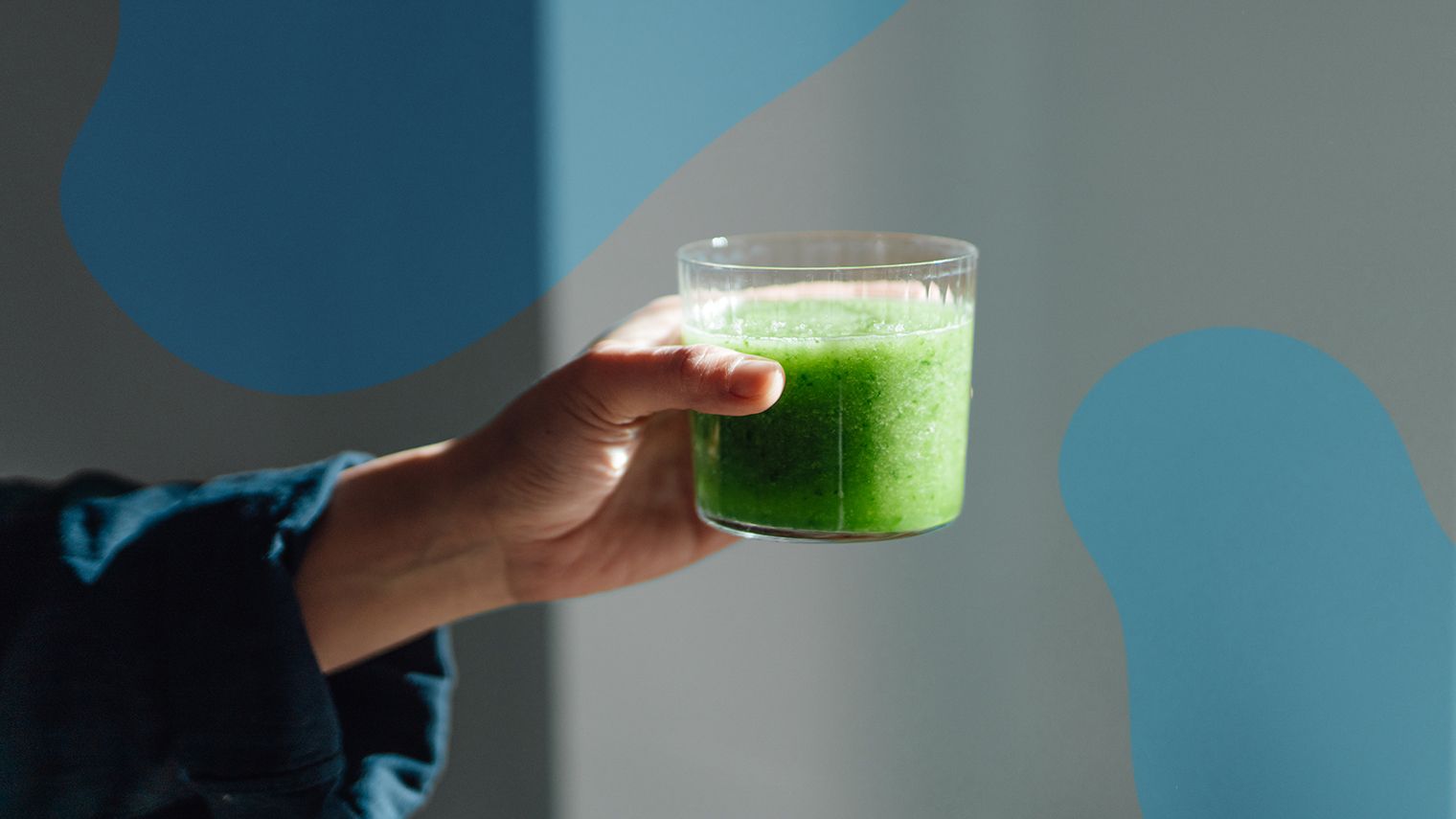Can You Drink Juice with Diabetes?
March 29, 2024
Content created for the Bezzy community and sponsored by our partners. Learn More

Photography by Oscar Wong/Getty Images
If you’re a juice fan, you’ve probably been told to eliminate it from your diet to manage your blood sugar. But you can enjoy some types. Here’s what to know.
By now, you likely know that it’s best to avoid sugary beverages like soda, energy drinks, and sweetened coffee drinks. But what about juice?
Even though juice is made from fruits (and sometimes vegetables), some people think they have to avoid all juices for better blood sugar management. After all, people who experience blood sugar lows often use juice as their emergency treatment.
Let me share some tips for managing your blood sugar while still enjoying your favorite juices.


Can I drink juice while managing my blood sugar?
The short answer is yes. But the glycemic impact of a food or beverage depends on several factors, including the amount of carbohydrates, fiber, and protein, as well as portion size and ingredients.
It’s important to understand that juices affect blood sugar levels differently, as some are higher in carbohydrates than others.
Carb-rich drinks like juice pack a lot of sugar in a small portion size. For example, the American Diabetes Association (ADA) reports that 4 ounces (1/2 cup) of most juices provides around 15 grams — or one serving size — of carbs. Most people don’t drink a half cup of juice, though.
For perspective, one full cup of juice (8 ounces) serves 30 grams of carbs, which is a significant amount with no protein or fiber to offset the spike in blood sugar.
The ADA recommends that people with diabetes choose juices made with 100% juice that are free from added sugar.
Your standard juice selections at a grocery store are usually full of added sugars and other ingredients. Be sure to check the labels.
While cutting back on carb-rich beverages and avoiding beverages with added sugar can help you improve your blood sugar, remember that your diet and lifestyle as a whole are what matters most when it comes to diabetes management.
5 tips for enjoying juice with diabetes
In addition to testing your blood sugar as directed by your doctor, here are some tips for maintaining blood sugar while enjoying your favorite juices:
1. Drink juice from small glasses
Enjoying juice out of small glasses can help you stick to the recommended 4-ounce serving size (1/2 cup), which provides around 15 grams of carbs (aka 1 serving of carbs).
2. Enjoy your juice with a protein and fiber-rich snack or meal
A 2022 research review suggests drinking juice with a meal that contains fiber and protein. This can help reduce the drink’s impact on blood sugar and help you maintain better glycemic control.
3. Use juice to enhance your water
If you’re not getting enough water, try jazzing it up by adding a splash of juice, such as orange, lemon, or tart cherry.
This can add some flavor without adding a significant amount of carbs. You can also dilute juice with water to cut back on carbs.
4. Enjoy juice occasionally
If you like juice, you can still enjoy it, but fruit juice shouldn’t be your main beverage choice.
Try drinking more water, less juice, and other high carb beverages for better blood sugar management.
5. Try low carb green juices
Green juices are made with low carb vegetables, like celery, cucumber, and kale, and are generally lower in carbs than fruit juice.
Make your own green juice at home, or choose premade green juices made with low carb vegetables to increase your nutrient intake without significantly affecting your blood sugar.
Takeaway
If you’re a juice lover, you don’t have to completely give up your favorite fruity beverage to reach and maintain good blood sugar levels.
Most people with diabetes can enjoy small amounts of 100% fruit juice without significantly affecting their blood sugar or long-term blood sugar management. But you should still test your blood sugar regularly as directed by your doctor.
It’s still best to enjoy fruit juice in small amounts with a meal or snack containing protein and fiber. And whenever possible, choose water and other drinks without calories (like sparkling water) over calorie-rich beverages.
Medically reviewed on March 29, 2024
9 Sources


Like the story? React, bookmark, or share below:
Have thoughts or suggestions about this article? Email us at article-feedback@bezzy.com.
About the author